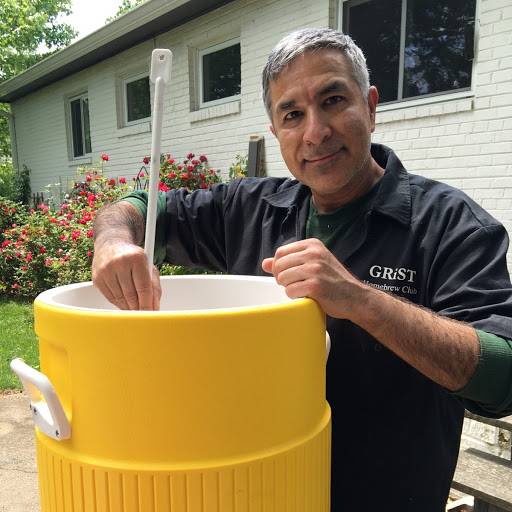Tree Care Services

Creating Healthy & Beautiful Landscapes For All To Enjoy
Homeowners and businesses appreciate the benefits trees provide to their property with beauty, value, and shade.
RTEC Treecare’s ISA and TCIA-certified arborists deliver exhaustive tree care services to maintain the health, safety, and aesthetics of trees.
With over 25 years of experience backing us, we combine expertise and advanced techniques to care for your trees year-round.
Featured Tree Care Services
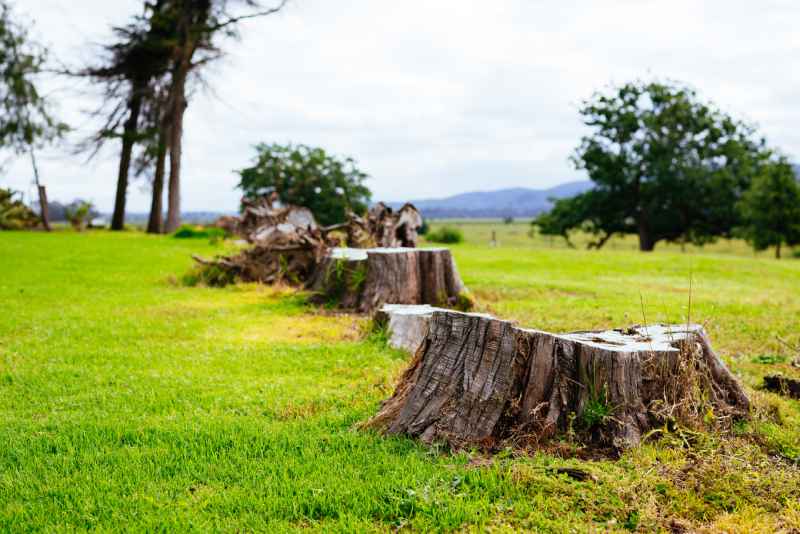
Tree Removal
Our certified arborists assess tree health and safely remove hazardous or dying trees, following strict safety standards. We specialize in tree removals near delicate structures, like buildings and utility wires, using proven methods to ensure minimal disruption and maximum safety while recycling removed trees into mulch or lumber.
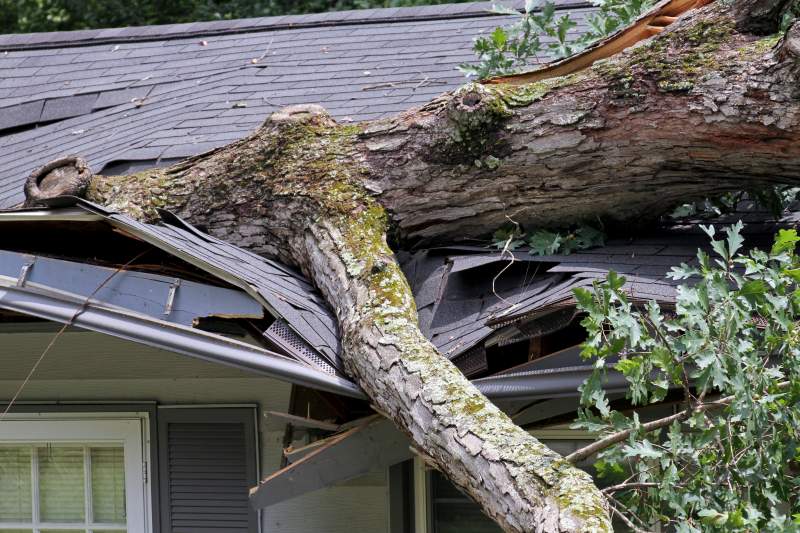
Emergency & Storm Damage
After a storm, fallen trees or broken branches can pose immediate dangers. That’s why we respond promptly to stabilize trees and remove debris, restoring safety and order to your property. With years of storm damage experience, our team uses safe and efficient methods to handle emergencies with professionalism and care.
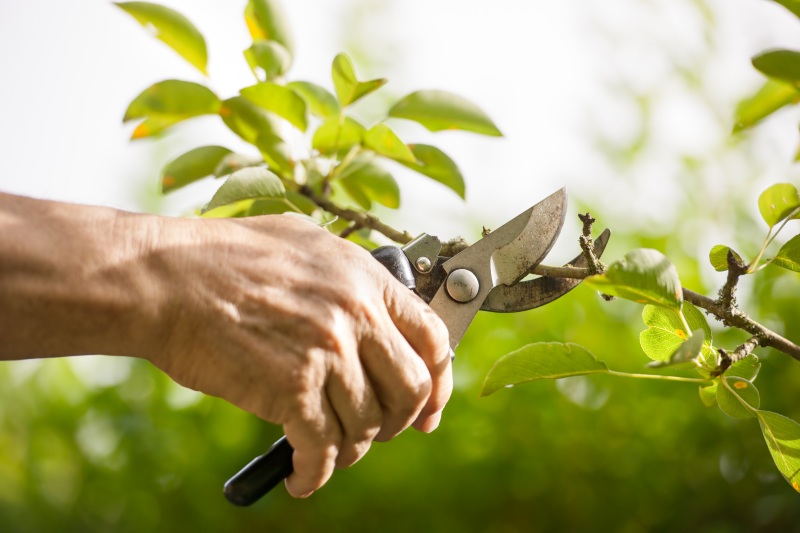
Hand Pruning
For trees and shrubs requiring precision care, hand pruning offers a tailored approach. At RTEC Treecare, our arborists use specialized tools to refine the shape and address the needs of smaller or ornamental trees. Our service enhances aesthetics, encourages healthy growth, and preserves the beauty and longevity of cherished plants in your landscape.
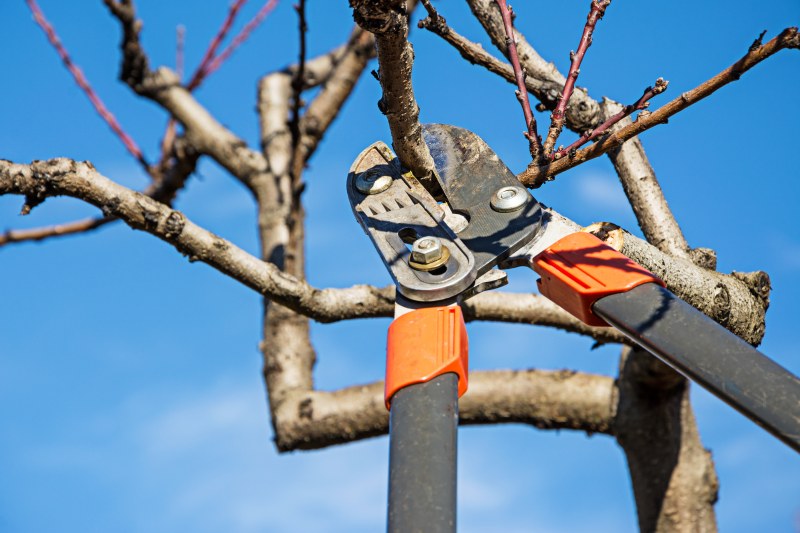
Pruning & Trimming
Professional pruning and trimming are essential for vibrant, structurally sound trees. RTEC Treecare carefully removes deadwood and diseased branches to improve health and reduce risks, while shaping canopies enhances your trees’ natural beauty and allows sunlight through. These services also prevent overgrowth, which can pose property and personal hazards.
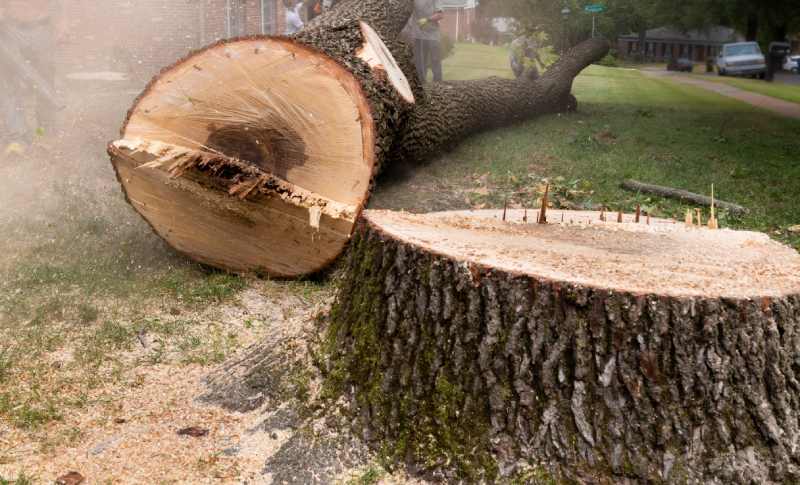
Stump Grinding & Removal
Tree stumps can be unsightly, hazardous, and attract pests. Our stump grinding service safely removes stumps by grinding them below ground level, making space for replanting or landscaping. We also provide professional tree removal, using advanced equipment to ensure safe, efficient removal with minimal disruption to your property.
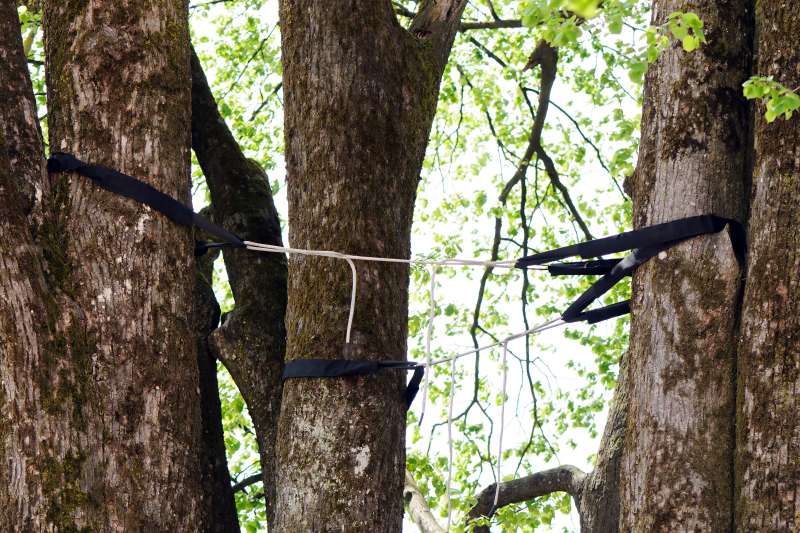
Cabling & Bracing
Supporting compromised trees can prevent dangerous breaks and extend their lifespan. Our arborists use high-strength cables and braces to stabilize weakened limbs and trunks without disrupting the tree’s growth. This proactive service is ideal for large, mature trees or those with structural vulnerabilities, helping them withstand weather & other stressors.
We’re Looking Forward To Caring For Your Landscape
With over 25 years of experience backing us, we combine expertise and advanced techniques to care for your trees year-round.
Reviews From Our Clients

4.9 of 5 based on 245 reviews









